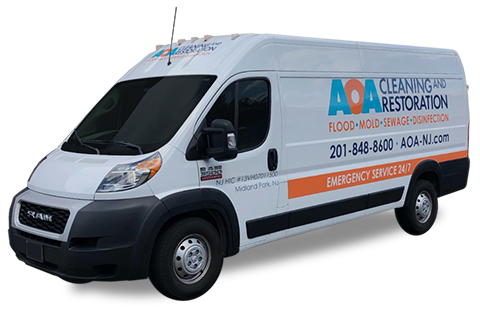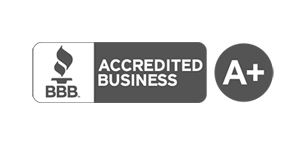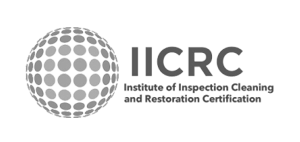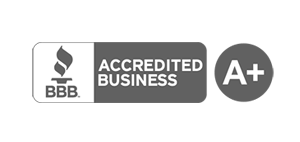Fumigating Fungus With The Facts
Fact: Mold is a fact of life. It populated Earth long before our ancestors and it will continue spreading its spores long after we’re gone.
Fact: Mold is good for our planet. It serves as a natural decomposer by breaking down fallen leaves, dead trees and other organic matter. Our world would be a lot smellier if it weren’t for mold.
Fact: Mold does not belong indoors. When mold intrudes on houses and buildings, it poses detrimental risks to the health and safety of anyone who comes in contact with it.
It’s likely none of these points are very surprising. Most people are well versed in the facts, but the moldy myths are a different story. Do you know the difference between mold fact and fiction? Keep reading to find out.
- Myth: Mold only grows in wet or moist environments. Nope. While it is true that mold needs initial moisture to start growing, it actually continues to grow even if its substrate completely dries out. This is because mold takes moisture out of the surrounding air, kind of like a diver with an oxygen tank. Only when the ambient air holds less than 4% relative humidity will mold completely die out without intervention — and this low humidity level can only be reached artificially with hygroscopic (absorbing/drying) agents.
- Myth: Bleach kills mold. False. Dousing the mold in Clorox bleach may get rid of the appearance of mold, but it’s completely ineffective against genuine mold remediation. This is because the chemical is just attacking the stain of the mold — stripping away the melanin compounds from its membrane. But you’re doing nothing to get rid of the actual mold or the underlying issue that caused the mold in the first place. Fast-forward a few weeks: The hyphal membrane’s melanin is restored and you’re in the same moldy situation. But it’s actually gotten worse — it’s the same mold as before, but this time, you’ve made it angry.Using bleach makes mold strike back with a vengeance: The mold detects the bleach’s high pH as a chemical attack and defends itself with its strong membrane and exoenzymes. These extracellular enzymes not only render the bleach completely ineffective, but they also turn the chemical into fungal food. That’s right: By dousing mold in bleach, you’re actually serving it a feast.To drive the point home that bleach does more harm than good when it comes to mold, here are a few fast facts:
- The Clorox Company, EPA and OSHA have specifically stated that bleach products should not be used in mold remediation.
- In some cases, bleach allows toxic mold to grow where it was not present before. (Remember what we said before about bleach being a “fungal feast.”)
- Bleach itself is dangerous and is classified in the same toxic category as gasoline.
- Applying bleach to gypsum, the material in sheet rock or drywall, sets you up for at least a week of chlorine gas emissions.
- Applying bleach to wood actually pushes the spores deeper into the wood fibers, putting you on course to an even moldier situation down the road.
- Myth: Any cleaning service is equipped to eliminate mold. Wrong again. To properly and safely remove fungal growth from all identified areas, mold removal efforts must comply with the EPA’s “Mold Remediation In Buildings” guidelines. This means that the cleaning service you recruit to tackle your mold situation must be consistently educating its cleaners on industry standard mold removal practices, training them on critical safety precautions and arming them with the most effective mold remediation equipment.
Don’t let moldy myths get in the way of health and safety. For more facts on proper mold remediation, download our free report: The Dangers Of Do-It-Yourself Mold Removal.
To contact one of AOA’s Restoration Navigators™ and start the conversation about professional mold remediation and disaster restoration services, click the button below or call 201.848.8600.




















